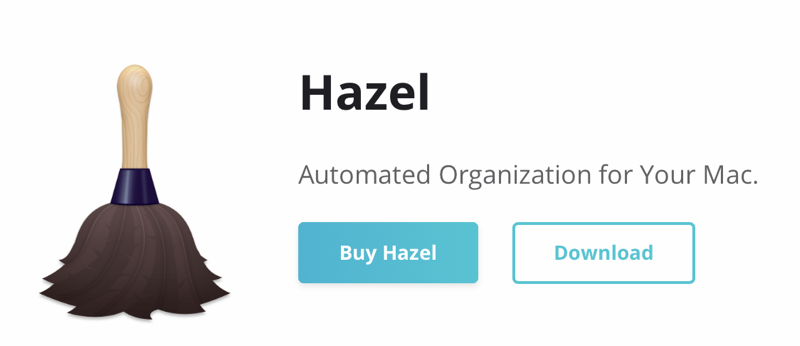

#NOODLESOFT WINDOWS#
That said, there are still some minor interface bugs here and there, such as buttons that disappear when windows expand. If you hover the cursor over a given file or folder in that preview window, a popover appears showing you which of that file’s or folder’s attributes match your rules. (Execution order is often really important.) You can still preview folders, to see which files and folders within them will be acted on by which rules, but now that preview tool gets its own button, making it much easier to access. You can now reorder conditions and actions up and down in the list by dragging them. Noodlesoft has made some nice tweaks to the program’s interface in version 3. The Sort Into Subfolders action now includes options for deleting, renaming, or replacing duplicates and the Open and Reveal actions now give you the option to make the associated application or the Finder the frontmost window. There’s now an Import Into Aperture action, as well as a Sync action that synchronizes a file or folder-in one direction-with another location. The new Hazel also lets you do some nifty new things to matched files and folders. And the new version adds a Current Time condition, so you can (finally) have Hazel run a rule at a particular time-for example, If Current Time is 5:00 p.m., then do this. Hazel 3 also provides better tools for matching patterns, so it can, say, watch for files whose names consist of three letters followed by three numbers. If this list of file attributes isn’t enough, you can select Other and choose from almost any attribute that OS X tracks. (For example, Name contains “Hazel” or “review,” added to the folder today or last week but not last Friday or Tuesday, and item’s contents contain the word “incredible.”) You can also specify custom conditions via AppleScript or shell scripts-the script just has to return the value True-which enables you to test against even more file and folder attributes and apply even fancier conditional logic. If you’ve created a smart folder in the Finder or a smart playlist in iTunes lately, you know how handy nested conditions can be-by combining multiple, hierarchical And, Or, and Not statements, you can make Hazel match files with incredible precision and flexibility. One of the most-welcome improvements is the capability to nest conditions. Hazel 3 doesn’t really change any of these basics, but it does tweak them and make them more powerful. And not only can you use Hazel to keep an eye on folders you already use, you can also use it to create special folders that do useful things when you drag files into them. Actions can vary from the basic ( Move, Rename, Set Color Label) to the not-so-basic ( Run AppleScript, Run Automator Workflow, Run Shell Script). Once you’ve defined your conditions, you specify the actions Hazel will perform when those conditions are met. Finally you have a test field, where you define the value(s) for matching the attribute and operator ( Date Added is Today, for example). Next to that is a pop-up list of operators ( is, contains, is less than, and the like) the list changes depending on the attribute.

If you select Other from that menu, you can choose from almost any file- or folder-attribute that OS X tracks.

For conditions, you choose from a pop-up list of attributes: Name, Kind, Date Added, and many more. Each rule has two components, conditions and actions. To start monitoring a folder, you click the plus-sign (+) button and choose the folder.Ĭreating rules is similarly straightforward, and if you’ve ever created a rule in Mail, the process will feel familiar. Open it up and you see straightforward interface: On the left there’s a list of folders that the utility is monitoring, on the right is a list of the rules that you’ve defined for the selected folder. Hazel’s interface is still straightforward: Folders on the left, rules on the right.Īs in previous editions, Hazel 3 is a System Preferences pane. I praised Hazel 2 ( ) as one of the handiest apps on my hard drive, and Hazel 3 makes it even handier. When particular events take place, Hazel automatically initiates actions that you’ve defined, such as moving the file to another folder, renaming it, or changing its label.
#NOODLESOFT MAC#
It’s a utility that monitors folders on your Mac for events that you define-a file being added or modified, for example. Which is why many of us value Hazel so highly. We still drag and drop files from one folder to another, and we still assiduously follow our own file-naming conventions. Nearly 30 years into the Mac era, most of us still use the old files-inside-folders model for organizing our hard drives.
#NOODLESOFT MAC OS#
The Mac OS may have evolved dramatically over the years, but one thing hasn’t changed much: the process of managing files.


 0 kommentar(er)
0 kommentar(er)
